
Service Category
E-Commerce
E-commerce, or electronic commerce, is the buying and selling of goods and services online. It represents the evolution of traditional commerce into a digital environment where transactions can occur across borders and time zones. Powered by internet connectivity, e-commerce has transformed the way businesses and consumers interact, offering convenience, speed, and accessibility.
Modern e-commerce encompasses a wide variety of business models and solutions, each tailored to different needs and objectives. Whether it's a global retail giant offering products to millions of customers or a small business providing niche services, e-commerce bridges the gap between buyers and sellers. It empowers businesses to reach wider audiences, reduces operational costs, and enables consumers to shop with ease and efficiency.
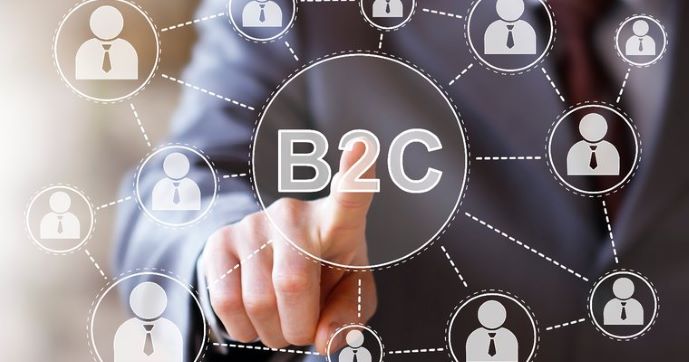
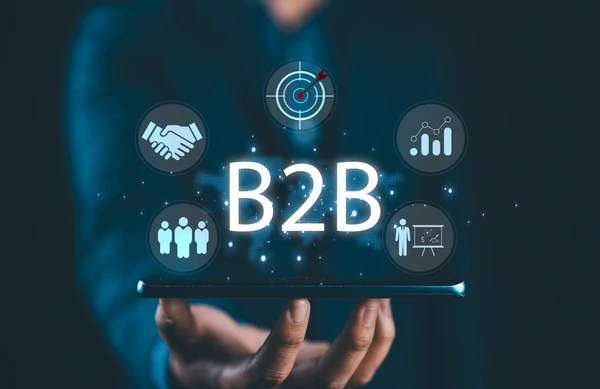
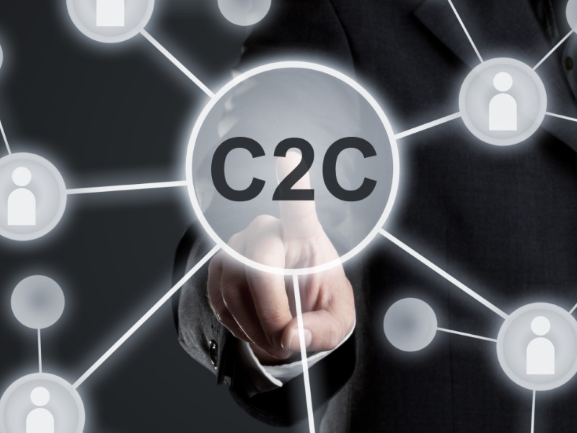
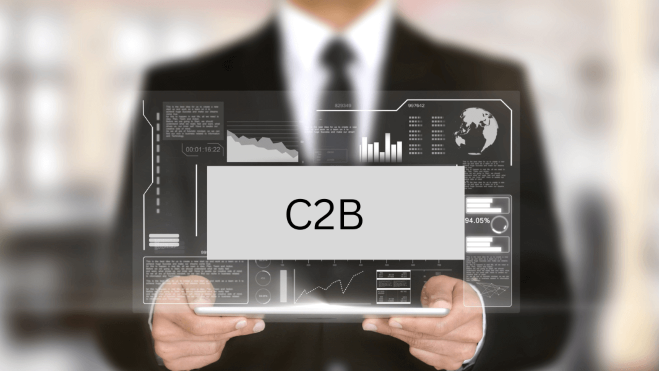
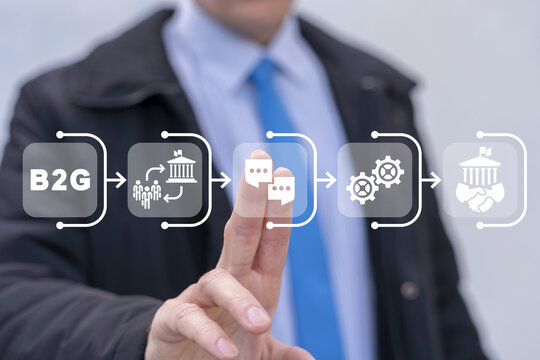



.png)